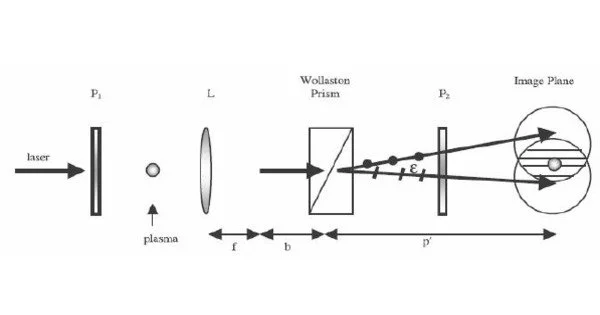The Polariton Interferometer is a navigation device proposed for military usage due to its independence from regular GPS, which is prone to jamming and has poor accuracy. It is a device used in condensed matter physics and quantum optics to investigate the features of polaritons, which are quasiparticles formed by the strong coupling of photons and excitons (electron-hole pairs) in a solid-state medium, most commonly a semiconductor. This form of interferometer is intended to alter and measure polaritons’ interference patterns, providing significant insights into their behavior and the underlying physics.
The polartion interferometer only requires a starting position and operates by precisely detecting the changes in movement using interference data from two dark-state polaritons stored in a 1-spin atom and applying those changes to the starting point. While this would be an incredible technology to incorporate for military and space-program use, it faces significant challenges, such as specific operating conditions arising from the quantum nature of the measurement system used herein, as well as the system’s size and cost, which may necessitate new architecture to incorporate it into existing submarines and other vehicles.
Here’s a brief overview of how a polariton interferometer works:
- Exciton-Polaritons: Photons are trapped within a semiconductor microcavity and interact aggressively with excitons in the material. This interaction results in the generation of exciton-polaritons, which are hybrid particles possessing photon and excitron features.
- Splitting and Recombination: Using beam splitters or other optical devices, an interferometer divides a beam of polaritons into two independent channels. Before being recombined, these two pathways can be altered in a variety of ways.
- Interference: The interference pattern is formed when the split and recombined polariton beams interact with each other. This pattern is determined by the phase difference between the two routes, which is influenced by a number of factors including the path length difference and any phase changes caused by external stimuli.
- Detection: A detector placed near the interferometer’s output monitors the intensity or other attributes of the interfered polariton beams. Researchers can acquire insights into the quantum characteristics and coherence of polaritons by evaluating the detector’s output.
Polariton interferometers are useful instruments for investigating the rich physics of strongly correlated light-matter systems, and they have applications in quantum technologies such as quantum information processing and quantum simulation. Their ability to manipulate and analyze polaritons allows researchers to obtain a better understanding of these hybrid particles and their potential applications in quantum optics and quantum electronics.














